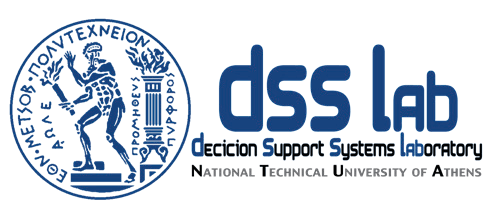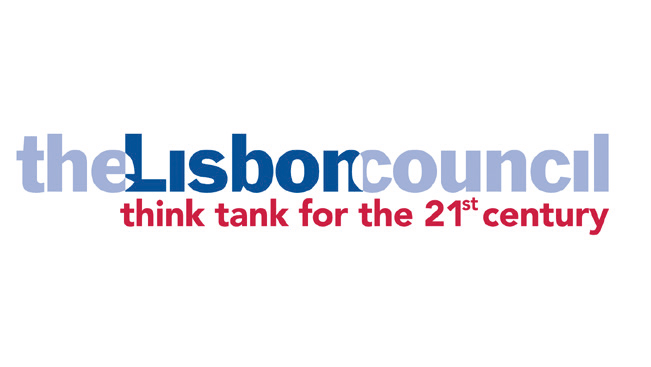Big-data-ready available assets and policy making
The Big Policy Canvas Knowledge Base is a state-of-the-art, online, dynamic repository, that gathers all the knowledge produced in the course of the project. It is structured along three dimensions: Needs, Trends and Assets. The Assets are all the tools, technologies, methods, methodologies, frameworks, taxonomies, portals, platforms and databases, available both in the private and the public sector that could serve the needs of the public sector, and address the trends. The assets have been analysed from different perspectives, as illustrated below.

As it can be observed one of the aspects of the analysis is the big data potential of the assets, by using the Big Data Value Association (BDVA)[i] reference model. Policy making is increasingly influenced by information gathered from the public sector. Even though data gathered in the private sector are large in volume, data from the public sector are larger and tend to increase over the years, making the evaluation of the gathered assets from a big data potential of extreme importance. The assessment of the assets’ Big Data Potential was based on the Big Data Value Reference Model that has been developed by the BDVA, with the goal of serving as a common reference framework to locate Big Data Technologies on the overall IT stack. It is the private counterpart to the EU Commission to implement the Big Data Value PPP program. The term big data ready means that the assets can handle a large volume of data, from extraction and storing to analysis and visualization.
Some examples of big data ready assets are:
Copernicus

World in Figures

ESPON Database for policy makers

In the Big Policy Canvas website all the available big data ready assets can be found and you are invited to browse them here.
[i] The BDVA, an industry-driven international not–for-profit organisation with 200 members all over Europe and a well-balanced composition of large, small, and medium-sized industries as well as research and user organisations.




